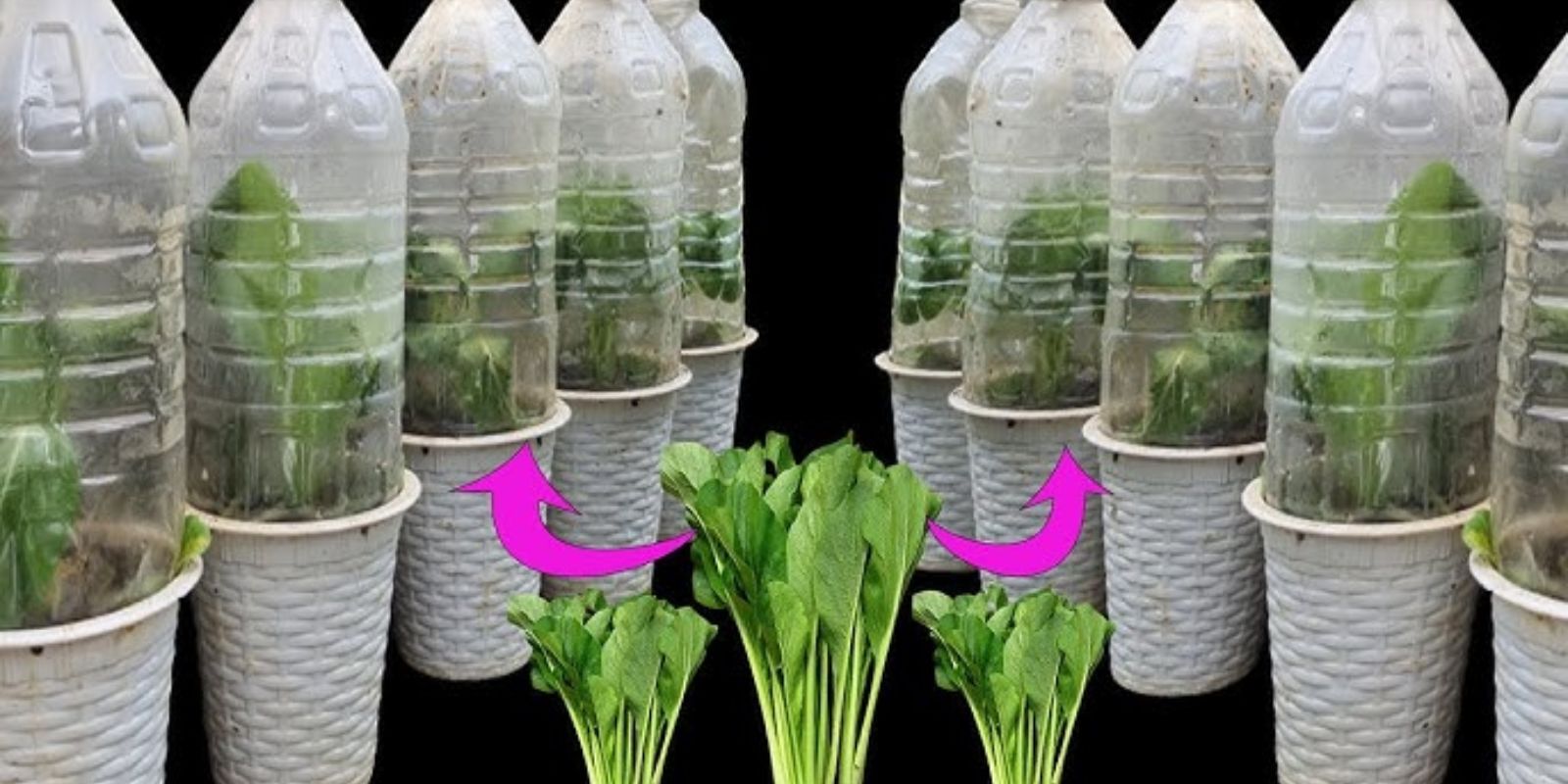Introduction
Gardening enthusiasts often face challenges when trying to grow vegetables year-round, especially in small spaces or during extreme weather conditions. A mini greenhouse is an ingenious and practical solution that allows you to create an ideal growing environment for your plants. Whether you’re an urban gardener with limited outdoor space or a beginner looking to extend your gardening season, a mini greenhouse can be your gateway to thriving, fresh, homegrown vegetables. In this article, we’ll explore how to grow vegetables in a mini greenhouse, step by step, while maximizing productivity and sustainability.
Why Choose a Mini Greenhouse?
A mini greenhouse is a scaled-down version of a traditional greenhouse designed to fit into smaller spaces. It offers numerous benefits:
- Controlled Environment: A mini greenhouse protects your plants from harsh weather, frost, and pests.
- Space-Saving: Perfect for patios, balconies, or small backyards.
- Cost-Effective: It’s a budget-friendly way to grow vegetables without the need for a full-sized greenhouse.
- Year-Round Gardening: Enjoy fresh produce regardless of the season.
Step-by-Step Guide to Growing Vegetables in a Mini Greenhouse
Step 1: Selecting Your Mini Greenhouse
Mini greenhouses come in various designs, including tabletop models, shelving units with plastic covers, and small walk-in structures. When choosing one:
- Consider the size of your available space.
- Opt for a greenhouse made of durable materials like reinforced plastic or polycarbonate panels.
- Look for features like ventilation windows and zippered covers for easy access and airflow.
Step 2: Choosing the Right Location
The location of your mini greenhouse plays a crucial role in the success of your vegetable garden.
- Place it in a spot with 6–8 hours of direct sunlight per day.
- Avoid areas exposed to strong winds, as this can damage the structure.
- For indoor setups, position it near a south-facing window or use grow lights.
Step 3: Selecting the Vegetables to Grow
Certain vegetables thrive in mini greenhouses, thanks to the controlled environment. Great options include:
- Leafy Greens: Lettuce, spinach, kale, and arugula.
- Fruiting Vegetables: Tomatoes, cucumbers, peppers, and eggplants.
- Root Vegetables: Carrots, radishes, and beets.
- Herbs: Basil, cilantro, parsley, and chives.
Choose vegetables suited to the season or those you consume regularly.
Step 4: Preparing the Soil and Containers
Healthy soil is the foundation of a successful vegetable garden.
- Use well-draining, nutrient-rich soil mixed with compost or organic matter.
- Choose containers or grow bags with good drainage holes to prevent waterlogging.
- Arrange pots to allow enough space for airflow and light penetration.
Step 5: Planting Your Vegetables
- Seeds or Seedlings: Start with high-quality seeds or healthy seedlings.
- Follow the planting depth and spacing recommendations for each type of vegetable.
- Label your containers to track your plants easily.
Step 6: Monitoring Temperature and Humidity
Maintaining optimal conditions inside the mini greenhouse is crucial.
- Keep temperatures between 65–75°F (18–24°C) for most vegetables.
- Use a thermometer and hygrometer to track conditions.
- Ventilate the greenhouse during hot days to prevent overheating and reduce humidity.
Step 7: Watering and Feeding
- Water your plants consistently but avoid overwatering. The soil should remain moist but not soggy.
- Use a watering can or drip irrigation system to prevent disturbing the soil.
- Feed your plants with organic fertilizers or compost tea every few weeks to boost growth.
Step 8: Pest and Disease Management
Although a greenhouse offers some protection, pests and diseases can still find their way in.
- Inspect your plants regularly for signs of pests like aphids or spider mites.
- Remove any diseased leaves promptly to prevent spread.
- Use natural pest control methods, such as neem oil or insecticidal soap.
Step 9: Harvesting Your Vegetables
- Harvest vegetables when they’re ripe to encourage continued production.
- Pick leafy greens regularly by snipping outer leaves.
- Use clean tools to avoid introducing diseases to the plants.
Step 10: Rotate Crops and Maintain Your Greenhouse
- Rotate crops seasonally to prevent soil depletion and pest buildup.
- Clean the greenhouse structure and containers regularly to maintain hygiene.
Tips for Maximizing Productivity in a Mini Greenhouse
- Use Vertical Space: Install shelves or hanging baskets to grow more plants in a compact area.
- Interplant Crops: Grow fast-maturing vegetables like radishes alongside slower-growing ones like carrots.
- Add Reflective Surfaces: Use mirrors or aluminum foil to maximize light distribution.
- Insulate in Winter: Add a layer of bubble wrap to the greenhouse cover to retain heat during colder months.
- Companion Planting: Pair plants that benefit each other, such as tomatoes with basil or cucumbers with radishes.
Common Challenges and How to Overcome Them
1. Overheating
Mini greenhouses can heat up quickly, especially in summer. Open vents or doors to improve airflow and consider shading during peak sunlight hours.
2. Humidity Build-Up
Excessive humidity can lead to mold and fungal diseases. Ensure proper ventilation and avoid overwatering.
3. Limited Space
Make the most of your mini greenhouse by growing compact varieties and using creative arrangements like stacking pots or hanging planters.
Conclusion
Growing vegetables in a mini greenhouse is a rewarding way to enjoy fresh, healthy produce while making the most of limited space. With the right setup and care, you can cultivate a thriving garden that provides year-round harvests, regardless of the weather.
💬 What’s your favorite vegetable to grow in a mini greenhouse? Let us know in the comments below and inspire fellow gardeners!
#MiniGreenhouse #GrowYourOwnFood #UrbanGardening #VegetableGarden #SustainableLiving #GardeningTips #HomegrownHarvest #GreenThumb #FreshVeggies #GardeningGoals

